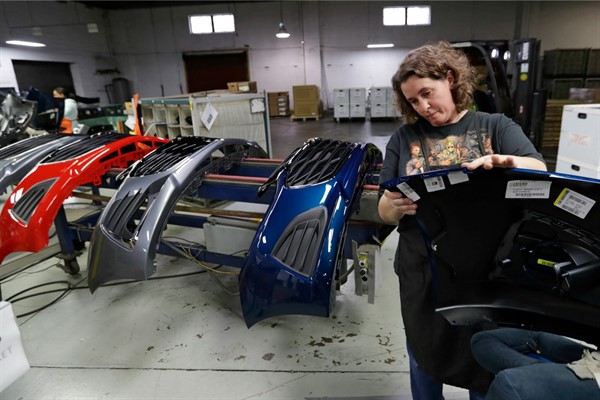Today is Election Day in the United States, when Americans will render their verdict on the presidency of Donald Trump. When Ronald Reagan was running for president in 1980, he famously asked voters to consider whether they were better off than they had been four years earlier, when his opponent, Jimmy Carter, took office. It appears from polls that many Americans will base their vote on Trump’s disastrous handling of the coronavirus pandemic. But changes to trade policy were a central part of Trump’s campaign to “make America great again,” so it’s fair to ask what Trump has delivered.
Last week, I explored why farmers might not be happy with the president. They have been unwillingly dragged to the forefront of Trump’s trade wars and suffered significant collateral damage along the way. Moreover, just a handful of large farm operations have received the bulk of the billions in taxpayer dollars that the U.S. Department of Agriculture has doled out as compensation for the tariffs over the past three years. Polls show that once-deep red states like Georgia, Iowa and even Texas are in toss-up territory, which suggests some farmers are reconsidering their options.
But what about the manufacturing workers who were supposed to be the principal beneficiaries of Trump’s more aggressive trade policy? Trump needs to hold the red states he won in 2016, but he also needs to replicate the wins he eked out in the Rust Belt states of Michigan, Pennsylvania and Wisconsin, part of the Democrats’ so-called Blue Wall. If current and former manufacturing workers who felt burned by previous presidents’ trade policies view themselves as better off under Trump, he might pull it off even in the midst of a pandemic. But how many of them are really better off today?

